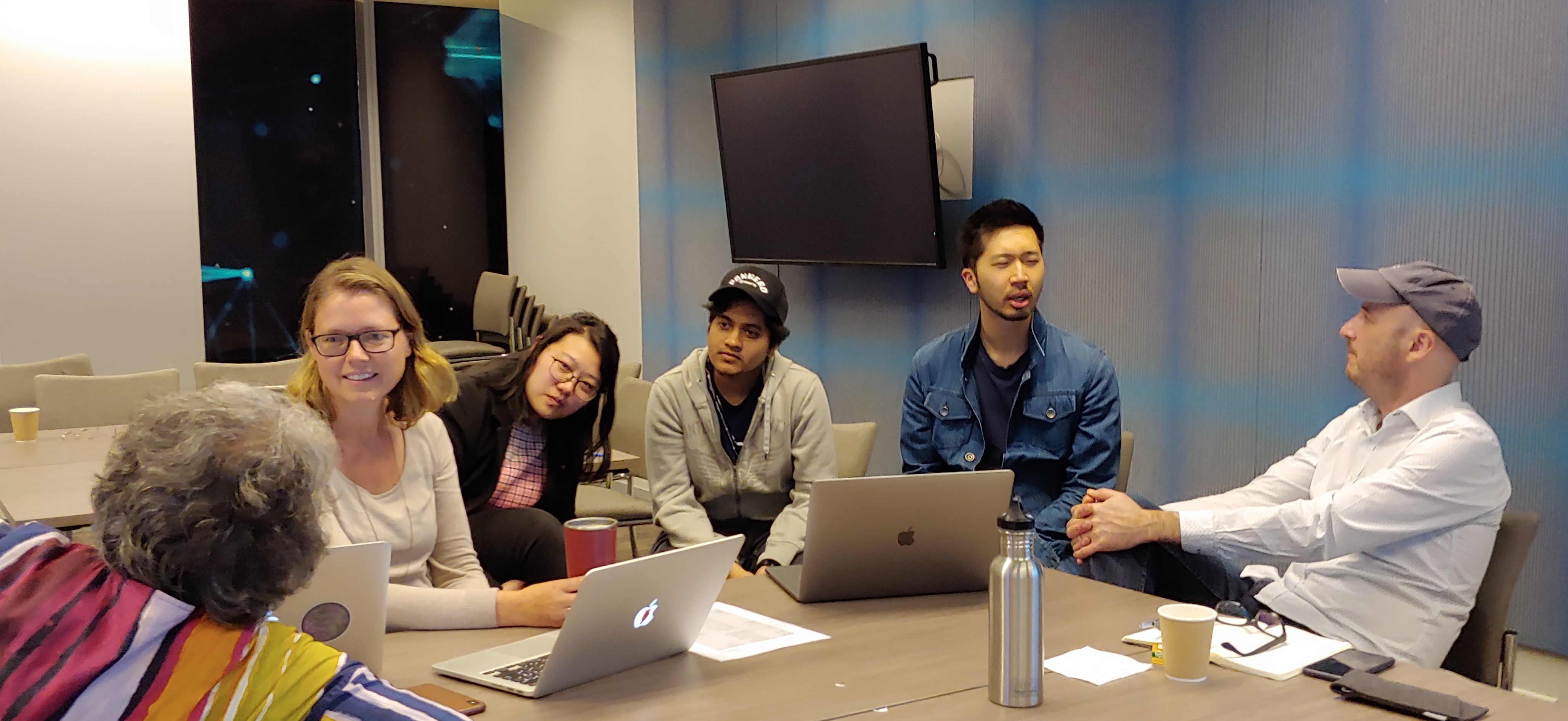Engaging students as partners is a powerful idea, the implementation of which has the potential to transform HE.
(Healey, Flint & Harrington, 2016)
The LX Transformation project at UTS has grown out of the move to the Canvas learning management system. To enrich the process, the Faculty of Engineering and IT is using this opportunity to involve students as co-designers in the whole of course conversation.
Co-designers
Students can become co-designers in many different ways and for many different purposes. They can participate in developing assessment tasks and assessment rubrics. They can suggest ideas for learning experiences that help them connect what they are learning with their existing knowledge and practices. And they can contribute to the initial design stage when refreshing or creating a course. A major benefit of this student participation is that it raises teachers’ awareness of their students’ readiness to learn. It also allows teachers to compare their goals with learners’ perceptions of learning activities (Ertmer, Parisio & Wardak, 2013).
Student participation in FEIT
In the LX Transformation project, students in the Faculty of Engineering and IT participated in the LXT workshops, the whole of course conversations, storyboarding sessions and MakerSpaces. Students shared with their teachers their thoughts on what works, what doesn’t work and what they are hoping for in Canvas. Their input contributed to highly constructive conversations and ultimately to more relevant, inclusive and engaging learning experiences for students.
The benefits:
Student Voice
We design learning experiences and assessment tasks for students. But it’s difficult to know how these designs are received and understood. The ‘I design, I teach and then students evaluate’ method is an inefficient way of finding out how students receive your teaching. Inviting students into the design stage is more effective at producing meaningful learning experiences, and inviting them into LXT workshops provides them with an opportunity to reflect on a course or subject. It enables students to have a voice and to articulate what it is that helps them learn.

Learner Agency
Inviting students to share their learning experiences helps to strengthen their sense of agency. Once students are listened to with respect and curiosity, it is easy for them to contribute to the design process, show initiative and question existing designs.
Students as co-designers
Teachers might think they know best when it comes to learning design. However, students are experts in their own learning. Inviting students to contribute to subject elements in Canvas can only enhance this inclusive learning environment for the benefit of the student learning experience.
Learner-centred design
Having students in the LXT workshops is an enriching experience. It restores the focus on a student-centred approach to the design of the whole course. Students are the ones who best understand the course experience and course narrative because they do all the subjects. An academic might teach one or more subjects in a course, but they do not teach all of them. And even though course directors, discipline leads and program coordinators may know about all of the subjects in their course, they have not experienced them as learners.
Co-designers in action
Watch this video to learn what these postgraduate students in the Master of Interaction Design have to say about their role as co-designers in LXT. This course has participatory design principles at its core, and so working with these students in the LXT project exemplified the practice of their future careers. One of the actions arising from this partnership is that students will assess subject sites in Canvas before they go live in Autumn 2020.
Implementation tips
Here are some tips for course teams who want to take a students as co-designers approach:
- Carefully select students to capture student diversity
- Invite at least three students to enable them to support each other
- Create a respectful space by setting conditions for the workshop conversation, such as
- empathy with each other,
- confidentiality and ethical conduct,
- listening and responding to ideas rather than dismissing them,
- constructive critique and not stereotyping or generalising.
Further Reading
Carmichael, B., & Burchmore, H. (2010). Social software and academic practice: Postgraduate students as co-designers of Web 2.0 tools.
Ertmer, P. A., Parisio, M. L., & Wardak, D. (2013). The practice of education/instructional design.
Healey, M., Flint, A., & Harrington, K. (2016). Students as partners: Reflections on a conceptual model.
Photo by Hal Gatewood on Unsplash
